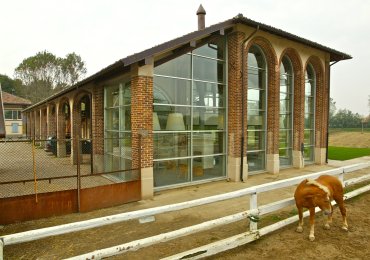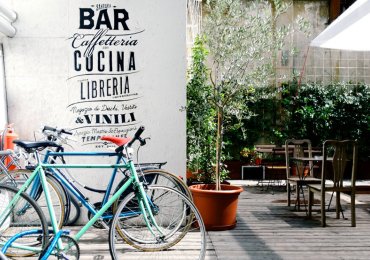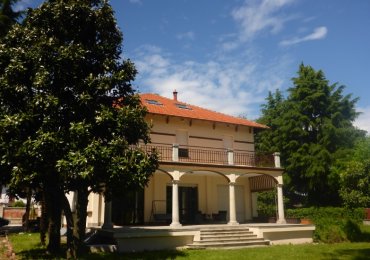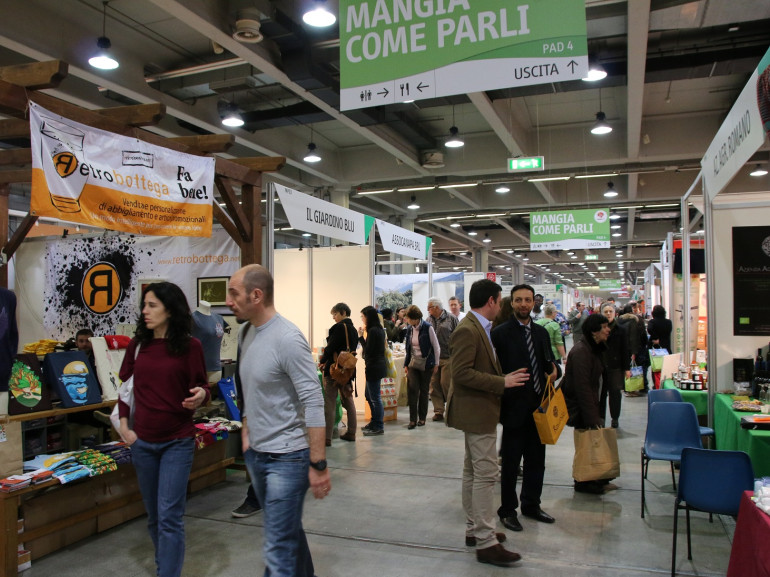
1. Best things to do in Milan (Lombardy)
Milan, in the first place is the city of "Fa’ la cosa giusta”, a project born for the critical consumption and sustainable lifestyles.
It is very good initiative to spread throughout the country "best practices" of consumption and production and to enhance the specificity and excellence on the net and in synergy with public administration, associations and local business. It will take place on March 2015.
Milan is also known as the best city for its international level of wasting collection, relying on an effective system of waste collection and on an efficiency comparable only to the American one.
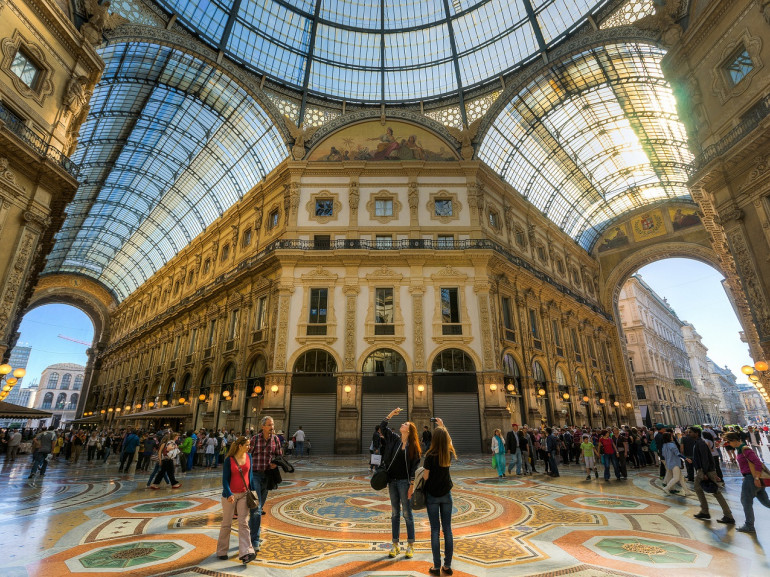
A grey metropolis aiming at sustainability: take a look at Parco Sempione, the green frame of the Palazzo Sforzesco. A selfie with the well-known Gothic cathedral behind is a must, as well as a walk along the Galleria Vittorio Emanuele II, a masterpiece of Liberty.
The canals and the area of San Babila deserve a mention: two poles of exception for fashion and nightlife.
In the south of the city you will find the South Agricultural Park along the bed of Ticinello. About 70% of the park is dedicated to agricultural activity with teaching, memory, recreational and scenic functions. 30% of the area is open to the public and brings on the same landscape characterization in the choice of materials, furnishings, tree species. You will find two wooded areas, an area for the recognition of trees, the main path of the park along the Ticinello area and gardens.
The Botanical Museum, another step that every eco traveler should not miss was born as a point of reference for promoting the knowledge of the Po vegetation and ecosystems and to raise awareness among schools and citizens to biodiversity and the sense of belonging to its surroundings. The course will be oriented to the historical aspects and concepts of nature and bio-ecological basis, to better understand the important influence of the city of Milan on the Po valley.
Do not forget to have a look at Porta Romana, one of the six main gates of the city and to watch a show at the Teatro Franco Parenti or at the Piccolo Teatro of Milan: the theatrical tradition in Milan is exceptional.
Do not even miss the Milan green festival, an independent project that aims to contribute improving the quality of life in Milan. It offers sustainable patterns of behavior in terms of economic, environmental and social, it also promotes the creation of collaborative communities able to encourage the process of eco-smart transforming. It takes place throughout the year with fun events!

2. Tastes and local food
In Milan, it is easy to think of the classic cotoletta, beef (with bone), breaded and fried.
The typical Milanese risotto made of saffron and the osso buco are two essential dishes that can be enjoyed at one of the excellent restaurants in Milan or at one of the taverns.
In Milan, the choice of cheese is rich, from gorgonzola to mascarpone without forgetting the desserts, famous throughout the world such as the panettone and the colomba.
The Wine is a very special one: it comes from Oltrepò Pavese valley.
Milan is also an international and trendy city, where you can enjoy regional Italian cuisine, Japanese (try the wonderful and chic Armani Nobu), Brazilian and Russian one.
In Milan you can also try cow's milk "on tap" filling your own bottles of fresh milk from unusual vending machines.
It is raw milk, whole and genuine, which preserves the nutritional values and enrichment in vitamins. A particularly convenient distributor can be found at the underpass of the metro station Loreto.
WorkCoffee is a bar that we recommend, you can drink a coffee read the latest news, eat or drink a cocktail. But the bar hides a temporary agency assistance for people looking for a job, free wi-fi and much more! The peculiarity is, however, is in the choice of food. Craft products and zero km, coffee dewaxed, roasted removing waxes present on the grain and more digestible. The beer and wine is crafted from grapes grown on land confiscated from cooperatives.
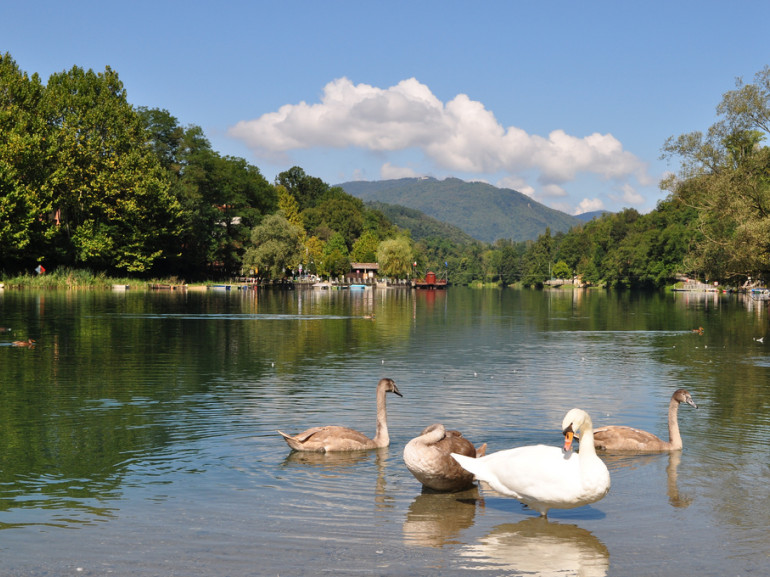
3. The Adda Park and surroundings
Walking down to River Adda Regional Park means leaving the noise of Milan and discovering a different village: this is due to the presence of the airport of Linate and Idroscalo with the surrounding park that comes to Segrate, nerve center of Eastern Milan. Travelling among computer science giants you will find San Felice milanese and Milano 2. Moving to the south along the Paullese you can restart to breathe history, with castles, fortresses and old villas. After that you will see the Paullo Adda Park, finally an expanse of dense poplar plantations in the Po Valley and style fields as far as the eye can see. Going up to the river the atmosphere is all nineteenth-century, old farmsteads and houses leading to the village of Corneliano Bertario with the Borromeo castle.
Cassano d'Adda is an old fortress on the river and there you can enjoy the typical landscape at the gorgeous farm Madama Reining Horse, an equestrian club where attending a clinic of international orhaving a leisurely stroll. Inzago is another little town rich in ancient history you will never forget... To live a Milano in a little more human mood.
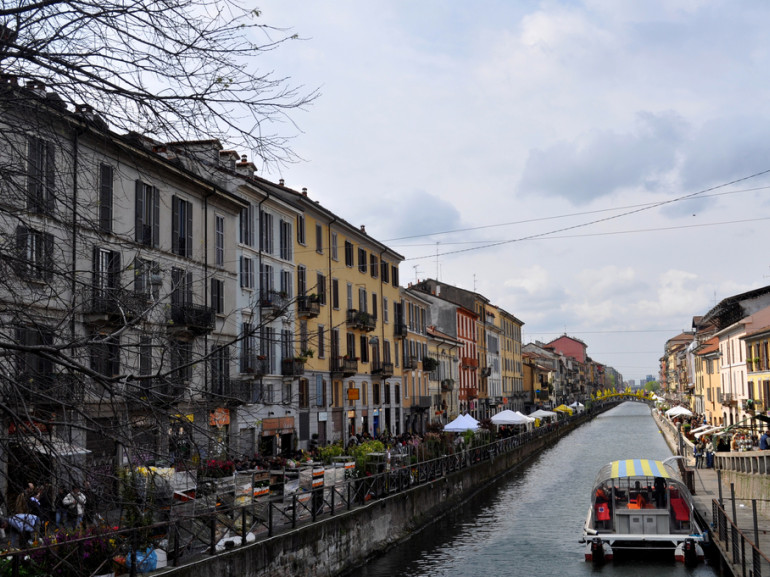
4. Nature, sport and green itineraries
A funny boat tour on the Naviglio Grande was titled "Navigating between the herons of Milan." The route presents to the eco travelers regional products and food on the theme of "slow living".
The path cuts through the large green area between the canals and the Ticino. The long Ticino, of course, can be covered on foot or by bike, in fact its natural park stretches between Novara and Milan and reserve a lot of curiosity.
Do not miss the path of Tibetan bridge, in Tre Salti, which allows you to cross the canal of the Enel Thermal Power Plant in Turbigo. A prodigious wood and steel suspension bridge over the water to 8 m.

5. Where to stay in the city and surrounding
Discover all eco-friendly accommodations in Milan and surroundings: organic farms in the Adda Park, ecofreindly B&B in the historical hearth of the city, bio hotels and beautiful eco hostels.
Discover all eco-friendly accommodations in Milan
by Angela Sebastianelli
Cover photo by Giovanni, via flickr


